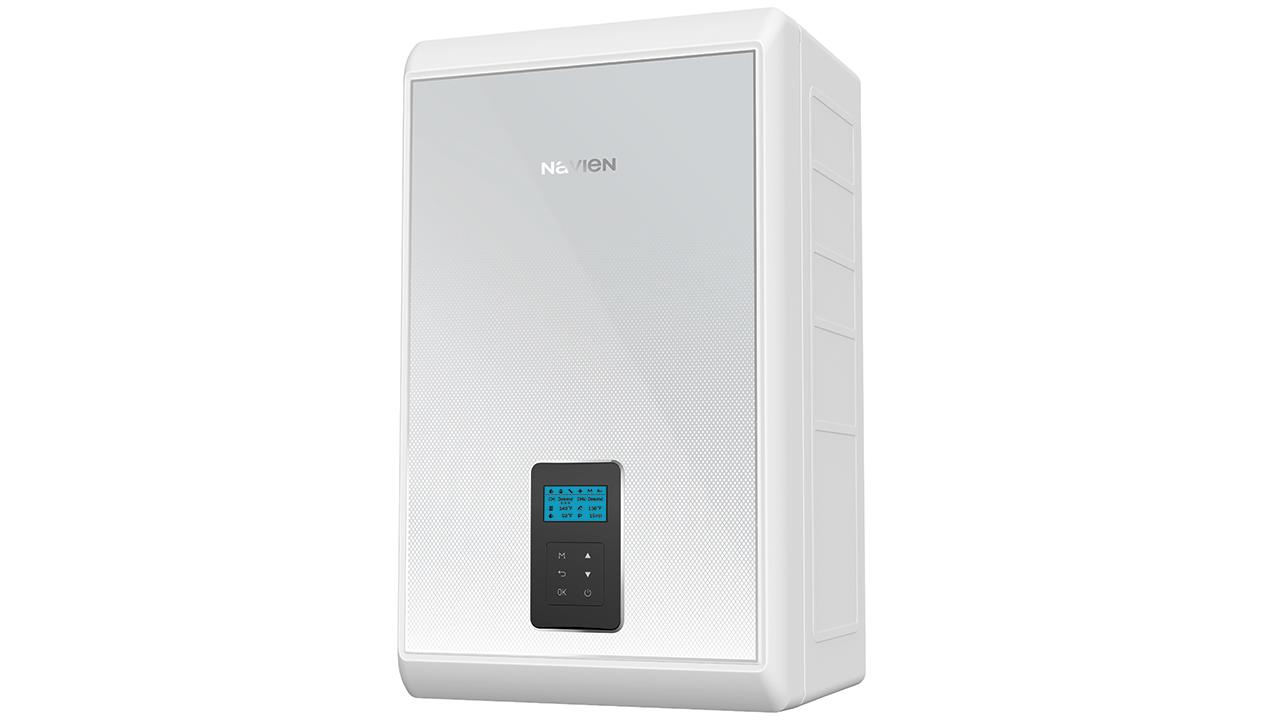

It is a common misconception that once a property reaches a certain size – or has more than two bathrooms – combi boilers are no longer up to the job. However, installers should forget this idea. There are now energy saving combi gas boilers more than capable of coping with the DHW and heating demands of larger properties with ease – rendering the system boiler and storage cylinder setup redundant.
This is good news, as keeping water warm inside a cylinder or scheduling it to preheat uses more gas and incurs a much higher operating cost for end-users when compared to a combi boiler. The lack of a cylinder also eliminates waiting for water to heat up, with combi units supplying hot water whenever it is required.
Of course, boiler performance is aided by high quality elements, including a premium grade, durable stainless steel heat exchanger, which helps provide a longer lifespan – not to mention enhanced levels of reliability and performance.
Indeed, the latest stainless steel heat exchangers endorsed by the ASME (American Society of Mechanical Engineers) have been designed to reduce running costs and improve energy efficiency, while still maximising heat transfer to ensure there is plenty of hot water available.
There is even greater potential for hot water generation when a boiler has a high turndown ratio (TDR), which is the operational range between the maximum and minimum output. As the name suggests, this indicates a boiler’s ability to ‘turn down’ its output – so, if the flow of water is less than the 22l/min that the 54kW version will achieve, for example if only 7l/min is needed, then the heat output for hot water is reduced down to as low as 3.4kW, which will use less gas and provide a
better constant flow of hot water. As a result, the boiler runs more smoothly, requiring fewer stops and starts due to fluctuations.
Now, the higher the TDR is, the more potential the boiler has to operate at longer cycles – which is beneficial not only for the unit but also the end-user’s gas bills.
So, when fitting a boiler with a high TDR of 15:1, domestic hot water can be heated extremely quickly, efficiently, and economically, ensuring a shower never runs cold.
The other key consideration is that modern boilers need to be capable of operating on a mix of hydrogen and natural gas. After all, the Energy Networks Association (ENA) recently outlined how gas grid companies can ensure the existing network will be ready to deliver 20% hydrogen from 2023, as part of Britain’s Hydrogen Blending Delivery Plan.
Provided the latest gas boilers are made to be ‘hydrogen-ready’, once the new blend is eventually introduced to the grid, heating and hot water systems will still be able to function as they do now, without needing any major adjustments or upgrades.
This is great news for the environment, as the ENA has reported that blending 20% hydrogen into the gas grid will reduce carbon emissions by the equivalent of 2.5 million cars a year, without any changes needed to be made to household boilers or heating systems.
So, the combi gas boiler has evolved considerably, in the process doing away with the many disadvantages previously associated with it.
No longer do combis have to be overlooked in favour of system units, as they are now more than capable to provide enough hot water for larger properties. There is also no longer a need to fit a bulky and unwieldy storage cylinder, freeing up valuable space inside the home, while end-users can rely on obtaining hot water whenever they need it, without having to wait for it to heat up.
A new breed of energy efficient and futureproof combi boiler has come into play and it’s time for installers to embrace it.
If you'd like to keep up-to-date with the latest developments in the heating and plumbing industry, why not subscribe to our weekly newsletters? Just click the button below and you can ensure all the latest industry news and new product information lands in your inbox every week.